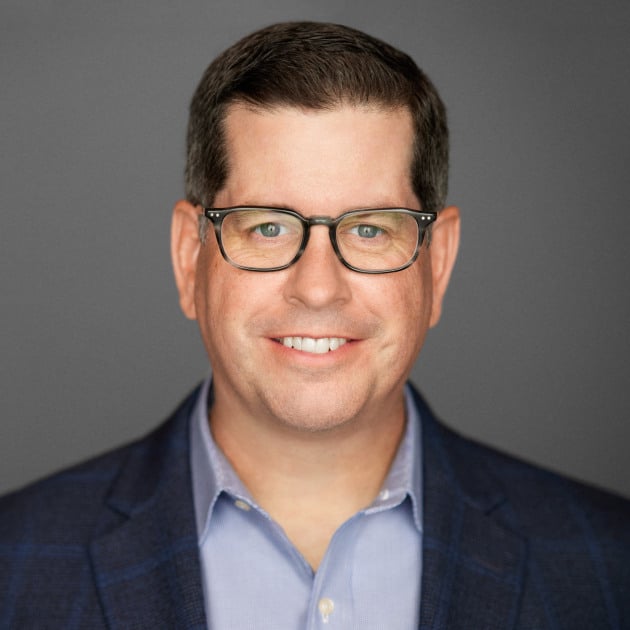
Building high performing software delivery teams starts with leadership. We reached out to successful tech executives and asked them to share their hard-earned wisdom around building high performing teams. We asked how they assess their teams’ health, evaluate performance, and, most importantly, what improvement plans they have, if necessary. Here’s what they said.
How do you assess software delivery team health?
Use a Research-Backed Approach
“We are currently using the approach outlined by Nicole Forsgren and others in the Accelerate State of DevOps report. The report documents five measures that indicate an organization's software delivery and operational performance. Those five metrics are lead time, deployment frequency, change failure rate, time to restore, and availability.” – Brian Garofola, CTO, Vibes
Pay Attention to Output and Scope
“We look at a team’s output versus the scope they manage. If that ratio moves too much, it's time to investigate what’s happening and determine how to fix it.” – Stephen Rylander, SVP Engineering, Donnelly Financial Solutions
How do you evaluate team performance?
Find the Right Metrics
“We monitor performance at a cross-functional team level using velocity, repository metrics, and projected versus actual delivery. On a product and engineering departmental level, we focus on objectives and key results (OKRs), quarterly delivery goals, and feature cycle time.” – Francois Toubol, CTO, Livly
Understand What Matters Most
“Delivery timeline and quality. Those are the things that matter to our customers and our business. Software teams want to be part of success more than anything.” – Stephen Rylander, SVP Engineering, Donnelly Financial Solutions
What do you do to increase software delivery team health?
Hold Each Other Accountable
“One of the things I’ve found to be helpful is putting a spotlight on team projects. Public accountability goes a long way and can be especially helpful while teams work remotely.” – Perry Marchant, CTO, PowerReviews
Set Clear Expectations and Goals
“Determine the behaviors needed to improve and set active guidelines and expectations. This guidance allows teams to find the daily practices that make them successful.” – Stephen Rylander, SVP Engineering, Donnelly Financial Solutions
Improve Team Dynamics
“We are always focused on improving one of the following: clarity, purpose, or safety (both psychological and technical). Clarity means team members have clear roles, plans, and goals. Safety means team members feel safe to take risks and be vulnerable around each other. And purpose means that the work being done personally resonates with the team members. These three areas directly impact the effectiveness of your team.” – Francois Toubol, CTO, Livly
Check Your Environment
“We tend to focus on the environment. Rather than asking, ‘why is a team slow?’, we try to ask, 'what is it about the environment that would cause a team to be slow?'. For example, if teams lack psychological safety, their fear of failure and lack of confidence to experiment may prohibit their success.
Additionally, we focus on key principles of Kanban, like limiting work in process and managing the flow of work. This approach creates more focus and minimizes churn. Engineers want to deliver quality software that people love - focus on creating an environment that enables them to do that.” – Brian Garofola, CTO, Vibes

